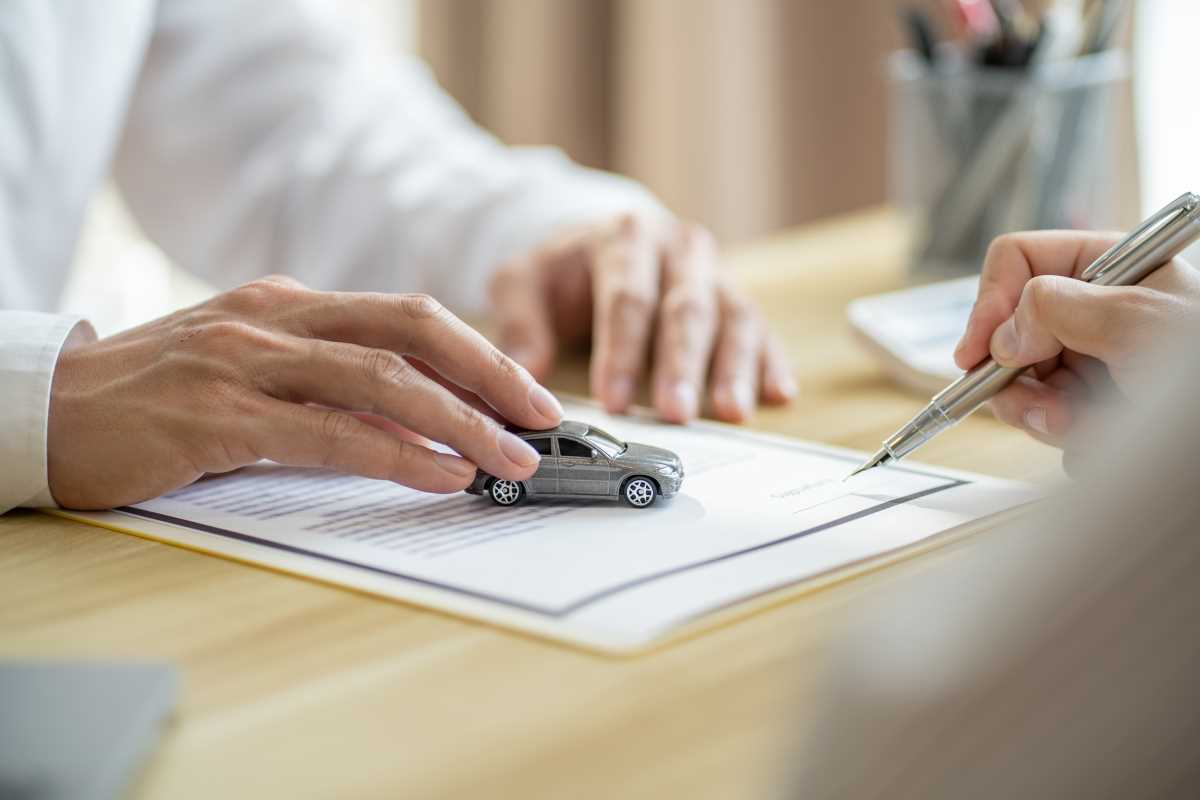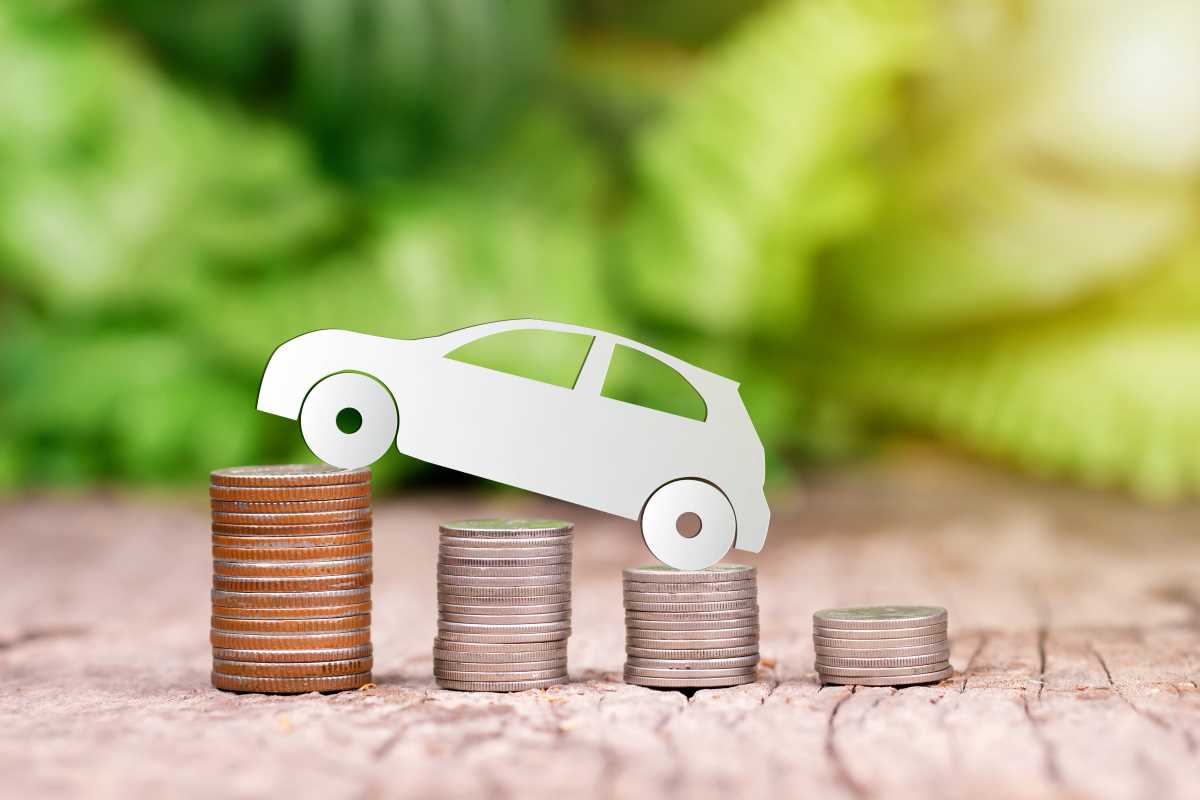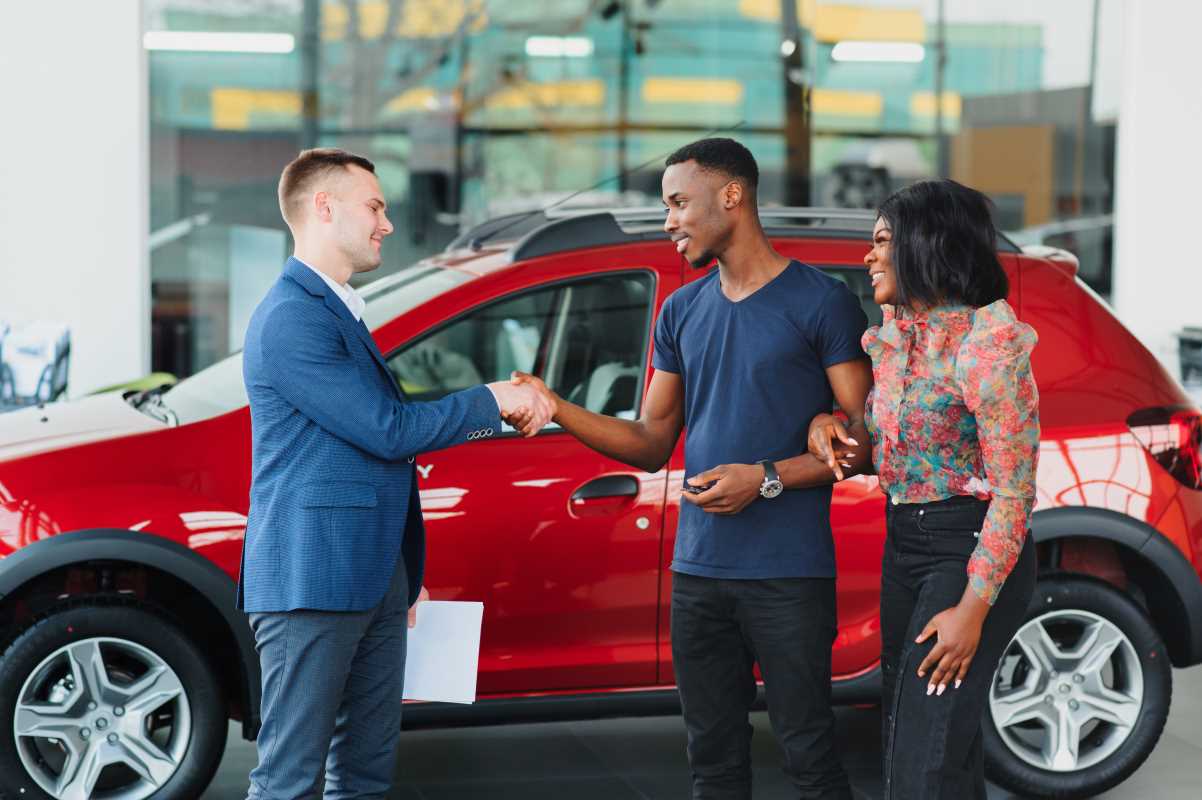When it comes to getting a car, many people face the classic question: Should I lease or buy? It might seem like one of those “flip a coin” decisions at first, but the truth is, each option comes with its own costs and benefits. While leasing offers the allure of driving a shiny new car every few years, buying gives you the satisfaction of eventual ownership. But to make the best decision for your budget and your lifestyle, it’s crucial to understand the long-term costs of each choice. Whether you’re eyeing a fresh set of wheels or a dependable used car, here’s what you need to know.
Initial Costs of Leasing vs. Buying
When leasing a car, the upfront costs are often lower compared to buying. With a lease, you typically only need to pay the first month’s payment, a security deposit, and a few associated fees. This makes leasing more approachable for people who want a new car but don’t have the savings for a big down payment. However, these lower upfront costs can be deceiving when compared to the long-term picture.
Buying a car, whether new or used, usually requires a hefty down payment. The percentage you’ll need varies, but setting aside at least 10-20% of the car’s price is common. While this may feel like a financial hurdle, it’s worth remembering that the more you put down initially, the less you’ll need to borrow. Over time, this can lower your interest payments and make buying the more affordable option in the bigger scheme.
Monthly Payments and Ongoing Costs
Leasing usually comes with lower monthly payments than financing a car through a loan. This is because you’re not paying for the entire car’s value; instead, your payments cover the depreciation that occurs during the lease term, plus some extra fees. The flip side? These payments continue for as long as you lease, so you’ll always have a car payment.
With buying, monthly payments may be higher, especially if you’ve financed your purchase through a loan. However, these payments have an endpoint. Once your loan is paid off, you own the car outright and can enjoy years of payment-free driving. Buying also gives you the freedom to sell the car or trade it in later, putting some of your investment back in your pocket.
Ownership and Long-Term Value
One of the biggest advantages of buying a car is ownership. At the end of your loan term, the car is yours to keep, drive, or sell. While cars depreciate over time, owning means you’re building equity in an asset, even if it’s a depreciating one. This long-term value can make buying a better choice for those who want to save money in the long run.
Leasing, on the other hand, doesn’t come with any ownership perks. When the lease term ends, you have to return the car, and unless you decide to buy it outright at that point, you walk away empty-handed. This lack of ownership means leasing might feel like renting a car for a few years, without building any long-term financial value.
Maintenance Costs
Leasing works well for drivers who want minimal maintenance responsibilities. Since leases often cover the period when the car is still under warranty, many repairs and issues are taken care of without extra cost to you. Plus, dealerships love to sweeten lease deals by offering free maintenance for basic services like oil changes and tire rotations.
Buying a car, especially a used one, means you’re fully responsible for maintenance and repairs once the warranty expires. While this can mean occasional surprise expenses, ownership gives you the flexibility to shop around for repairs and find cost-effective solutions. And when you own the car, you decide how much to invest in keeping it in good condition rather than feeling bound by a lease agreement.
Flexibility vs. Restrictions
Leases are perfect for drivers who like to switch their car every few years and keep up with the latest models and features. However, leases come with mileage limits, often around 10,000 to 15,000 miles per year. If you exceed the mileage cap, you’ll face additional charges. Additionally, leases generally prohibit significant modifications or customizations to the car, which might be a dealbreaker for some.
Buying, on the other hand, gives you complete freedom. Whether you plan to drive cross-country multiple times or customize the interior to suit your style, the car is yours to enjoy however you like. There’s no worrying about mileage restrictions or penalties, and you can hang onto the car as long as you want or sell it when the time feels right.
Tax Benefits and Incentives
Leasing can come with some appealing tax benefits, particularly for business owners who use the car for work. Businesses can often deduct lease payments as a business expense, making leasing a more budget-friendly option for professionals. On the other hand, buyers may benefit from one-time tax advantages, especially when purchasing fuel-efficient or electric vehicles that qualify for federal or state rebates.
Exploring these financial perks can help tilt the scales in favor of either leasing or buying, depending on your situation. For example, if you’re considering an energy-efficient used car, buying might unlock valuable incentives.







